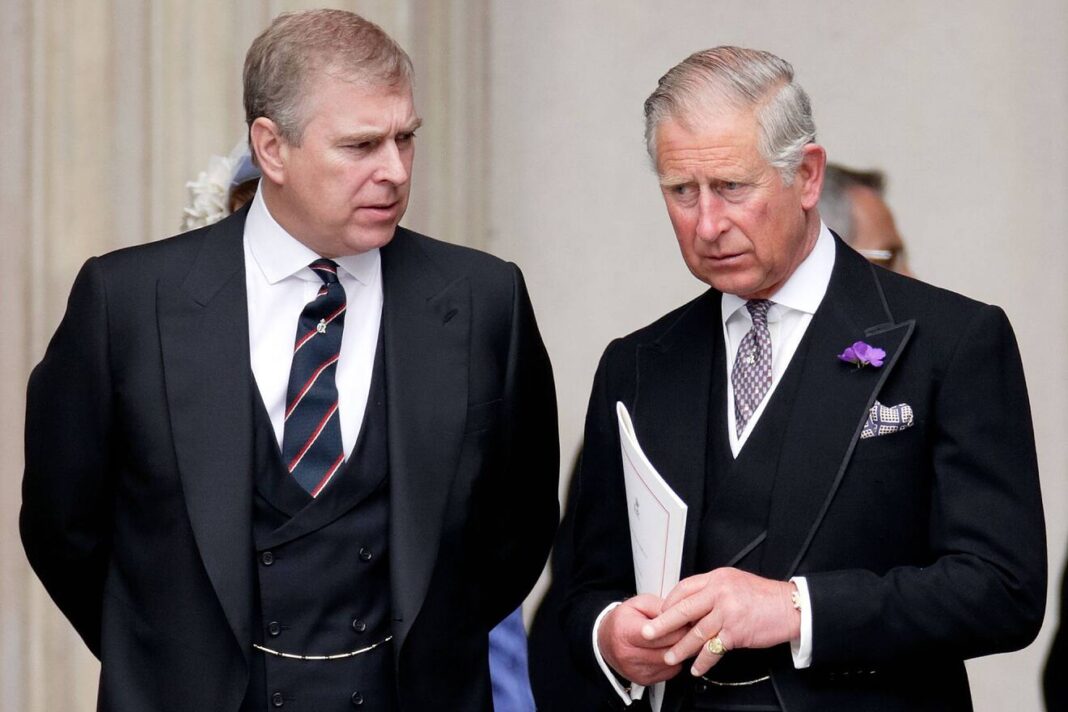Throughout history, monarchies have been shaped by the principle of male primogeniture – the practice of passing on the crown to the eldest male child in the royal family. This tradition has played a significant role in the succession of kings and queens and has had a profound impact on the development of royal families, dynasties, and countries. However, in recent times, the debate over the relevance and fairness of this practice has intensified, especially with the increasing demand for gender equality and women’s rights. This article will explore the history and significance of male primogeniture, its impact on royal families, and the current discussions around this practice.
Table of contents
The history and significance of male primogeniture in monarchies
Male primogeniture has been a common practice in monarchies for centuries, dating back to the ancient Greeks and Romans. The tradition was rooted in the belief that the eldest son was the natural heir and had the best claim to the throne. In Europe, male primogeniture became the norm during the medieval period, with countries like England adopting it as the official law of succession.
One of the most significant examples of male primogeniture in history is the English monarchy. The principle was established in 1066 when William the Conqueror seized the English throne. The practice was further strengthened by the Magna Carta in 1215, which stated that the crown would pass to the eldest son of the monarch, and in case there was no male heir, the throne would go to the closest male relative. This principle has remained in place in England and other countries that share the British monarchy, including Australia, Canada, and New Zealand.
Male primogeniture was also prevalent in other monarchies, including the Spanish and French monarchies. In Spain, the Salic Law, established in the 14th century, stated that the crown could only pass through the male line. Similarly, in France, the Napoleonic Code, introduced in 1804, declared that the crown would go to the eldest male descendant of the royal family.
Table of contents
The impact of male primogeniture on royal families
The practice of male primogeniture has had a significant impact on royal families, shaping the dynamics of succession, inheritance, and family relationships. In monarchies, the birth of a male child was often celebrated as the continuation of the royal line, while the birth of a female child was considered less significant. The eldest son was often groomed from an early age to become the next monarch, receiving special education and training to prepare him for his future role.
Male primogeniture has also impacted the relationships between siblings in royal families. The eldest son was often given priority over his siblings in terms of status, wealth, and opportunities. This has led to sibling rivalries and tensions within royal families, as other siblings felt they were not given equal treatment or opportunities.
Moreover, male primogeniture has impacted the role of women in royal families. Women were often excluded from the line of succession, and their value was measured mainly by their ability to produce male heirs. This practice has resulted in women being sidelined and excluded from positions of power and influence within royal families.
The challenges and criticisms of male primogeniture
In recent times, the practice of male primogeniture has faced significant challenges and criticisms, with many arguing that it is outdated and unfair. One of the main criticisms is that male primogeniture is discriminatory against women, as it prioritizes male heirs over female heirs. This has led to several debates about gender equality and women’s rights, with many calling for the abolishment of male primogeniture.
Another challenge to male primogeniture is that it can lead to issues with succession. For instance, if the eldest son is not fit to rule, but the next in line is a daughter, the daughter may not be allowed to take the throne due to the practice of male primogeniture. This can lead to issues of instability and uncertainty in monarchies, as seen in recent times in some countries where the monarchy has had to deviate from the traditional rules of succession due to lack of male heirs.
Moreover, the practice of male primogeniture has also led to controversies within royal families. For instance, when Charles III (Prince Charles) was next in line to the British throne, there were debates about whether he should be skipped over in favor of his more popular and charismatic younger brother, Prince Andrew. Similarly, there have been debates about the succession in other monarchies, such as Spain and Japan, where the lack of male heirs has caused complications.
Alternatives to male primogeniture
In response to the challenges and criticisms of male primogeniture, some monarchies have adopted alternative practices of succession. One such example is the monarchy of Sweden, which abolished male primogeniture in 1980, allowing the eldest child, regardless of gender, to succeed to the throne. Similarly, in the Netherlands, the crown can be passed on to either the eldest son or daughter, with no preference for gender.
Another alternative to male primogeniture is the concept of equal primogeniture, which advocates for equal inheritance rights for all children, regardless of gender. This practice has been adopted in some countries, such as Belgium, where the crown can pass to either a male or female child, depending on who is next in line. However, the implementation of equal primogeniture can lead to complications in succession, particularly in countries where there is a long history of male primogeniture.
Conclusion: The future of male primogeniture
In conclusion, male primogeniture has been a significant and longstanding practice in monarchies, shaping the dynamics of succession, inheritance, and family relationships. However, in recent times, the practice has faced significant challenges and criticisms, particularly around issues of gender equality and succession. While some monarchies have adopted alternative practices, such as equal primogeniture, others continue to hold on to the tradition of male primogeniture.
The future of male primogeniture remains uncertain, with debates ongoing about its relevance and fairness in modern times. While some argue that it is a necessary tradition that ensures stability and continuity in monarchies, others contend that it is an outdated and discriminatory practice that needs to be abolished. Ultimately, the decision to retain or abolish male primogeniture rests with individual monarchies and their respective legal systems, and it is up to them to determine the best way forward.



 For all latest articles, follow on Google News
For all latest articles, follow on Google News